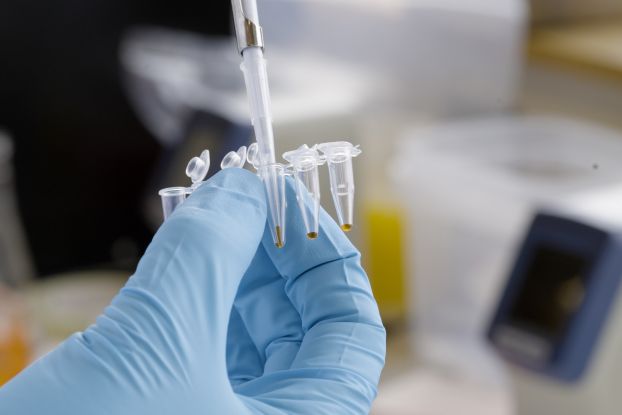
Credit: Thomas Brock
Serendipity at Yellowstone
In 1964, a microbiologist made a rest stop at Yellowstone during a long drive. While there, he bumped into a park ranger at a hot spring teeming with algae and bacteria.
Wondering how life could flourish in such a harsh environment, with temperatures hovering around 160 degrees Fahrenheit (70 Celsius), he later applied for funding to explore the "extremophiles" that call Yellowstone's hot springs home.
NSF funding spurs a "hot" discovery
Under a three-year grant from the U.S. National Science Foundation, the research team was able to isolate a bacterium that they named Thermus aquaticus.
A decade later, scientists isolated the bacterium's exceptionally heat tolerant DNA polymerase — an enzyme that is critical to DNA replication — and named it Taq.
Taq became the basis for PCR, a procedure that replicates DNA with exceptional efficiency and precision.
Polymerase chain reaction is one of the most common research tools in the biological and medical sciences. PCR rapidly makes billions of copies of complete or partial DNA samples, enabling researchers to analyze their DNA code. PCR relies on cycles of heating and cooling to make these copies, which is where heat stable Taq comes in handy.

Credit: Advanced Technological Education

Credit: Melanie Gonick/MIT
From humble origins to a multibillion-dollar industry
PCR quickly opened new horizons in research and sparked the creation of the field of biotechnology. More than 40 years after that chance encounter in Yellowstone, PCR is still fueling discoveries in labs around the globe.
No one could have predicted that one little extremophile in a hot spring would revolutionize the course of research.

